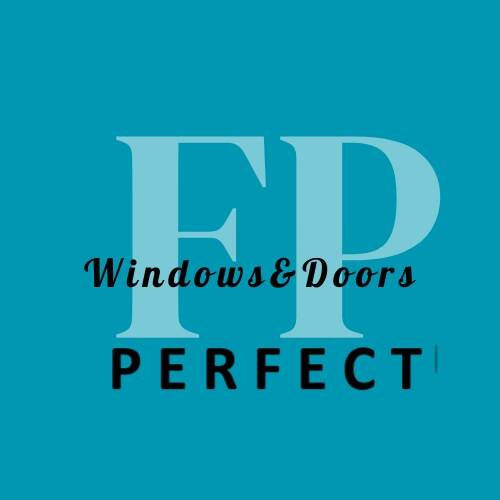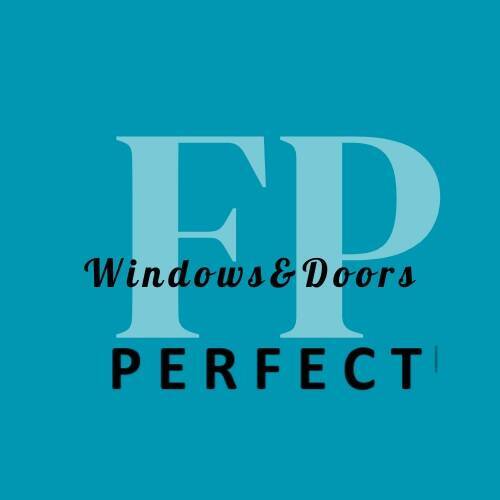
Delivery Doors & Windows
Efficient Delivery of Doors, Windows and windows parts in Edmonton and Surrounding Areas
The delivery of doors and windows parts, installation windows & doors in Edmonton and nearby cities involves unique challenges and opportunities shaped by the region’s weather, infrastructure, and building trends. This article explores the intricacies of transporting these essential building components and examines how manufacturers and suppliers adapt their production timelines to meet the needs of the growing market in Alberta’s capital.
1. Regional Factors Affecting Delivery
Edmonton’s location in central Alberta influences the logistics of door and window delivery. Some key regional considerations include:
1.1 Climate Conditions
Edmonton experiences harsh winters with average temperatures often dropping below -20°C, accompanied by heavy snowfall. This makes precise delivery scheduling crucial, as snowstorms or icy roads can delay shipments. Conversely, summer construction surges due to milder weather create a seasonal spike in demand for windows and doors, stressing supply chains.
1.2 Geographical Reach and Delivery Network
Edmonton is a hub for nearby cities such as St. Albert, Sherwood Park, Leduc, and Spruce Grove. Delivering to these areas involves both urban and rural routes, with varying road conditions. Efficient logistics planning ensures timely delivery, especially for rural projects where access may be limited.
2. Production and Material Supply Challenges
The doors and windows market in Edmonton is diverse, ranging from standard products to custom designs made with premium materials. However, production timelines are often affected by:
2.1 Material Supply Issues
Manufacturers depend on a steady supply of materials like aluminum, glass, steel, and wood. Some of these materials are locally sourced, but others need to be imported from other regions or countries. Global supply chain disruptions, such as those experienced during the COVID-19 pandemic, can cause delays and increased costs for materials like specialty glass or hardware.
2.2 Customization and Lead Times
Custom-made doors and windows are in high demand, especially for Edmonton’s luxury homes and commercial developments. These projects often require longer production lead times—ranging from 6 to 12 weeks—due to the need for tailored sizes, colors, and energy-efficient glazing. Suppliers must coordinate production schedules with clients and contractors to ensure seamless delivery.






3. Key Considerations for Delivery Logistics
Given Edmonton’s unique weather and market dynamics, businesses have developed strategies to optimize delivery:
3.1 Winter Preparation
Suppliers ensure that delivery vehicles are winterized, with snow tires and heated compartments to protect products from freezing temperatures. Loading procedures also adapt, using protective wraps or insulated blankets to prevent glass from cracking due to sudden temperature changes.
3.2 Flexibility with Timelines
Manufacturers and delivery partners often build in buffer times to accommodate weather-related delays. Additionally, they offer flexible delivery windows to align with the schedules of builders, minimizing idle time on construction sites.
3.3 Use of Technology for Tracking
GPS tracking and route optimization software help logistics companies ensure timely deliveries. Customers are provided with real-time updates, which reduces uncertainty, especially for rural deliveries where delays can be more common.
4. Sustainable Delivery Practices
Environmental sustainability is becoming increasingly important in the construction industry. In Edmonton, several companies are adopting green practices in both production and delivery.
4.1 Energy-Efficient Products
Energy-efficient windows and doors are in high demand due to Edmonton’s cold winters. Many suppliers prioritize materials with a lower carbon footprint and offer products certified by organizations like ENERGY STAR®.
4.2 Consolidated Deliveries
To reduce emissions, some logistics companies bundle deliveries going to the same area. This strategy minimizes fuel consumption and vehicle trips, contributing to lower overall carbon emissions.
5. Meeting the Needs of Edmonton’s Construction Market
The Edmonton area continues to experience growth in residential, commercial, and industrial sectors, driven by both population increases and infrastructure development. Meeting the evolving needs of builders requires a balance between product quality, customization, and efficient delivery.
5.1 Partnerships with Builders and Contractors
Close collaboration between manufacturers, suppliers, and contractors helps align production schedules with construction timelines. Many companies offer just-in-time delivery to prevent storage issues on site, ensuring that doors and windows arrive precisely when needed for installation.
As Edmonton grows, demand for more innovative products, such as smart windows and energy-efficient designs, will increase. Suppliers will need to keep pace by investing in new technologies and expanding their delivery infrastructure.
5.2 Future Growth and Market Trends
Conclusion
Delivering doors and windows in Edmonton and surrounding areas requires careful planning and adaptability. The region’s harsh winters, complex supply chains, and rising demand for customized, energy-efficient products add layers of complexity to logistics operations. Suppliers who succeed in this market are those that remain responsive to weather challenges, maintain flexible production timelines, and adopt sustainable practices. By continuing to optimize delivery networks and strengthen partnerships with builders, Edmonton’s doors and windows industry is well-positioned to meet the growing demands of Alberta’s vibrant construction sector.


